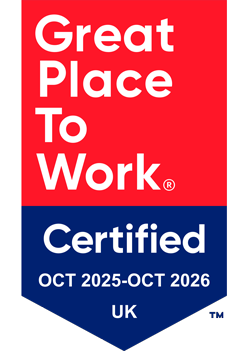The EN166 standard covers all safety glasses, safety goggles and visors. Within the standard there are some basic requirements which are mandatory to conform to EN166.
Basic Requirements
The basic requirements include assessments for field of vision, transmission and diffusion, refractive properties and robustness, resistance to ageing, corrosion and ignition. The key to all these requirements is that the eyewear does not impede or distort vision and allows enough light through to the wear’s eyes.
Optional Requirements
The are also optional requirements with EN166 such as extreme temperatures (T) or resistance to surface damage (K), anti-fogging (N), dust and liquid splash.
Not all tests above are suitable to eyewear types. Impact levels A and B (high and medium energy impact) are not permitted for spectacles. In addition to this, spectacles cannot be tested against liquid splashes, or large dust particles, because they are unable to protect against these hazards.
What is important to me?
This all depends on your working environment. The two sections which could be classed as core requirements to the wearer is the impact strength (robustness) and optical class. The wearer will require a minimum level of impact protection in their working environment and the lenses must be conformable for the time the safety glasses are worn.
Impact Strength (Robustness)
There are 4 levels of impact protection
-
Grade S
Increased robustness, 22mm ball falling from height of 1.3m
-
Grade F
Low energy impact resisting a 6mm ball at 45 meters per second
-
Grade B
Medium energy impact resisting a 6mm ball at 120 meters per second
-
Grade A
High energy impact resisting a 6mm ball at 190 meters per second
Optical Class
All of our safety lenses are optical class 1. This mean our lenses are distortion free and can be worn permanently.


